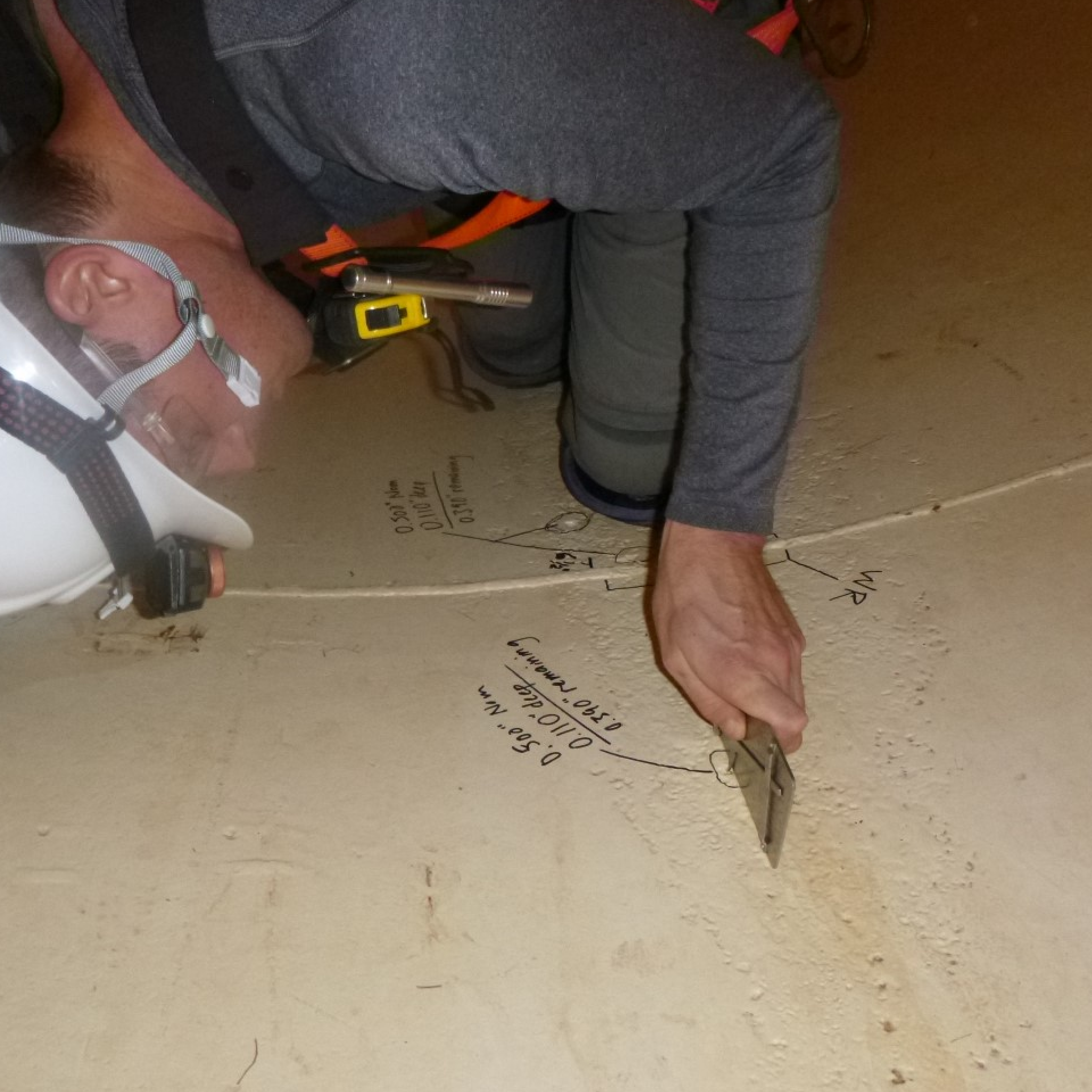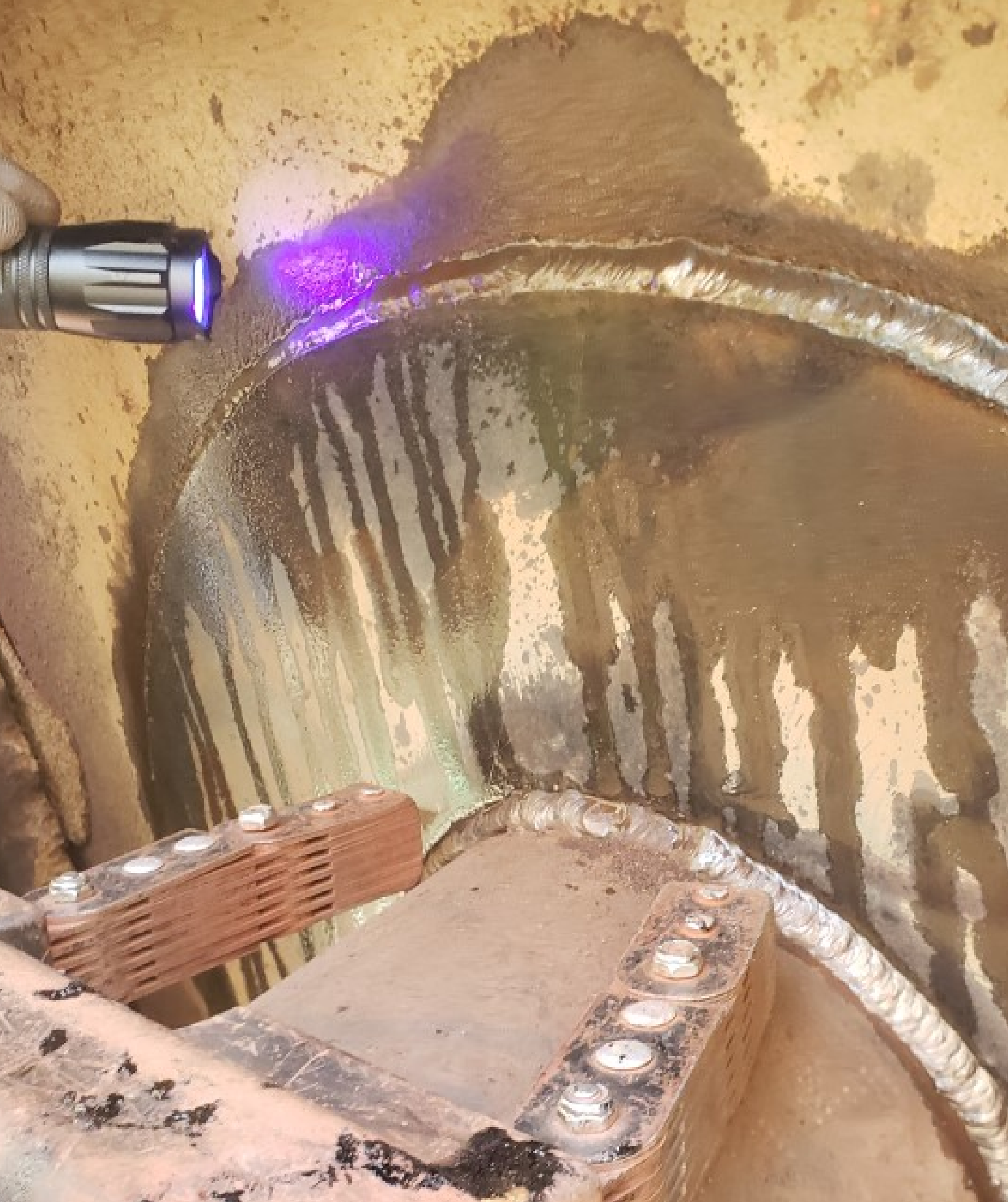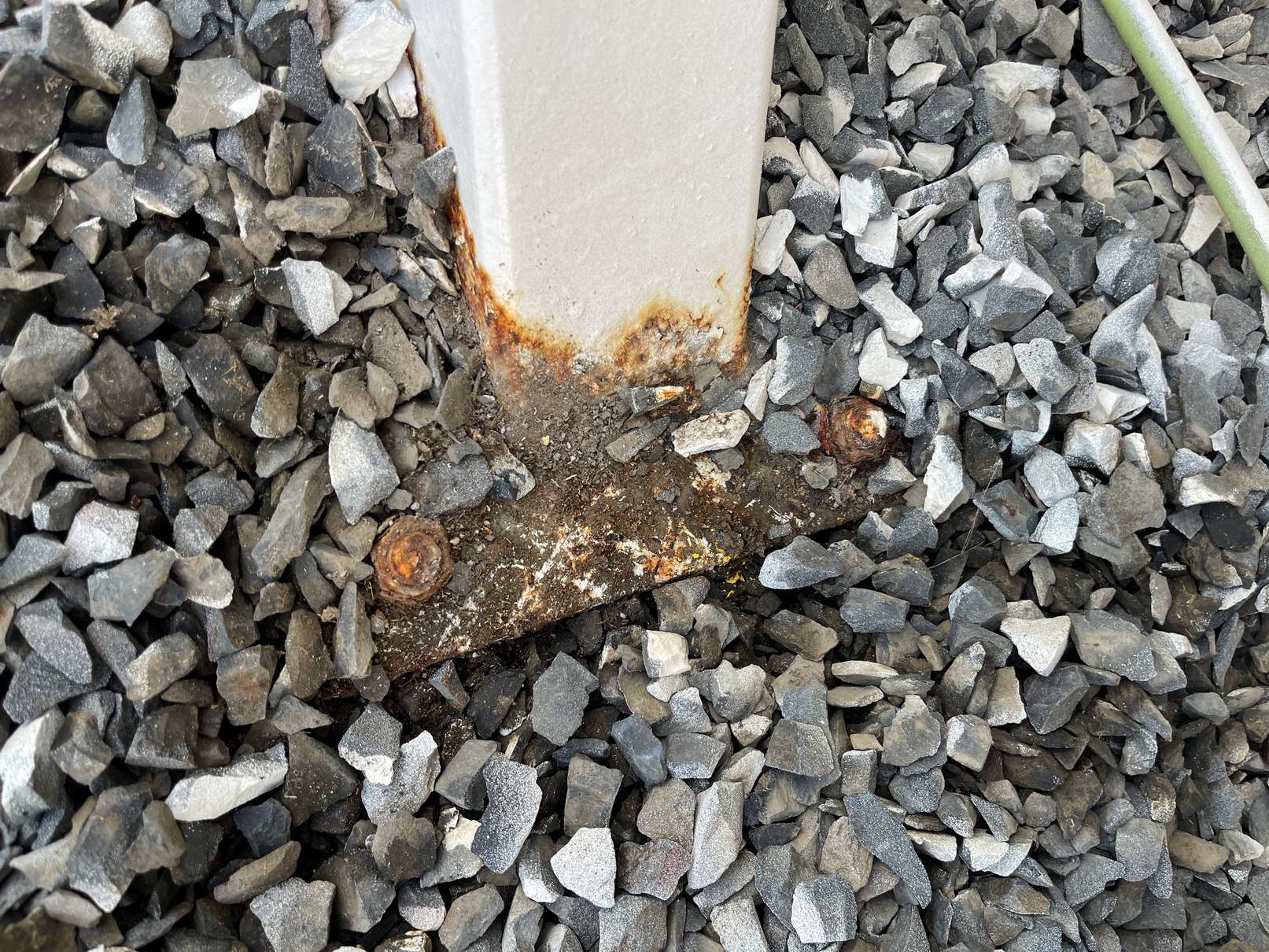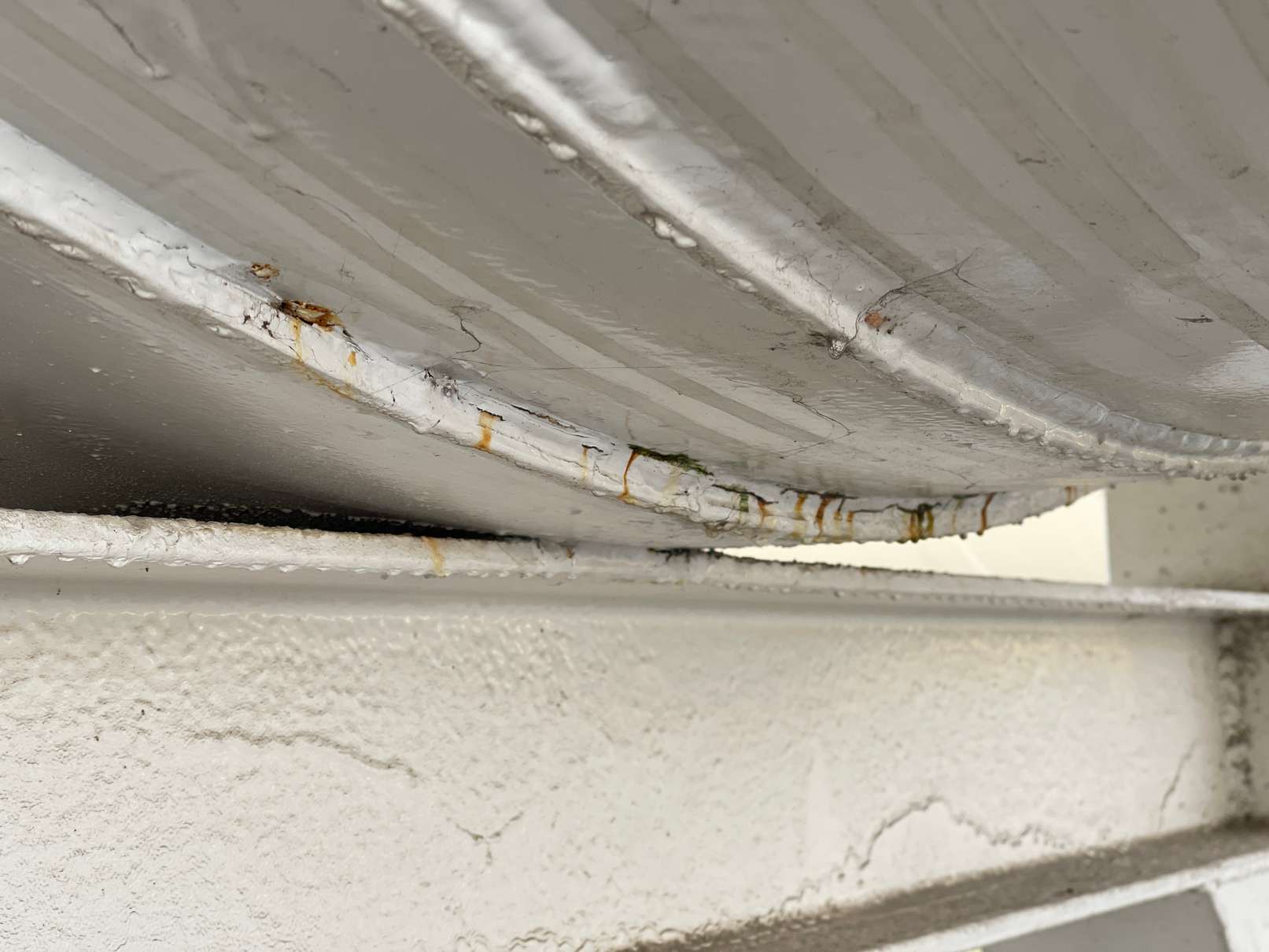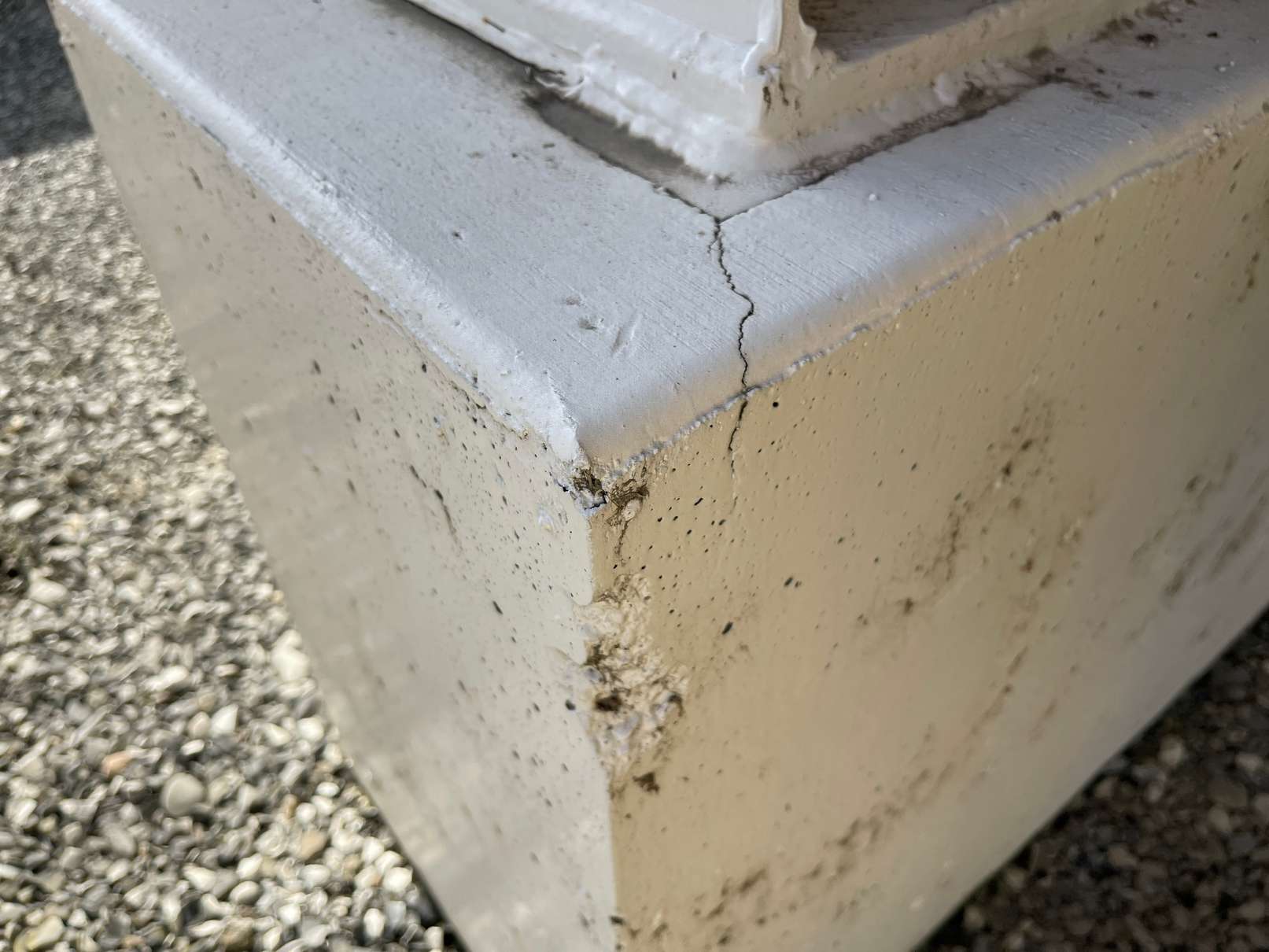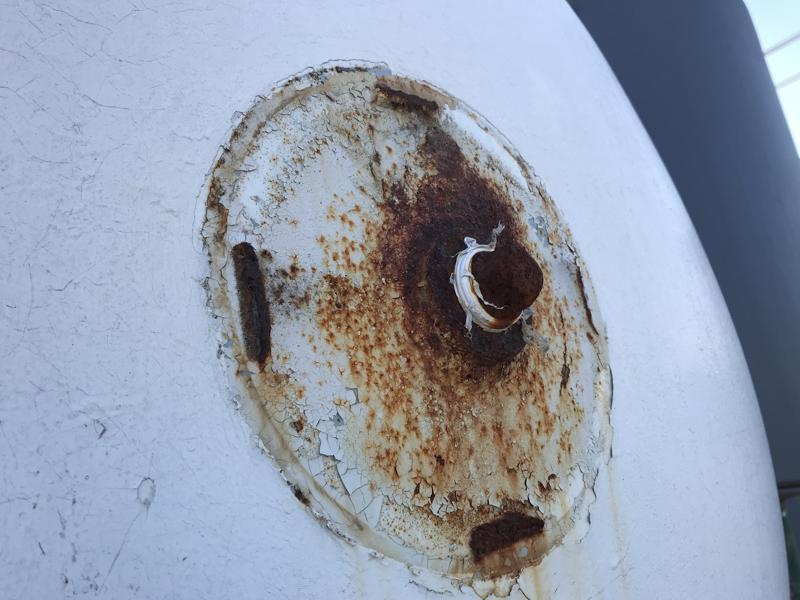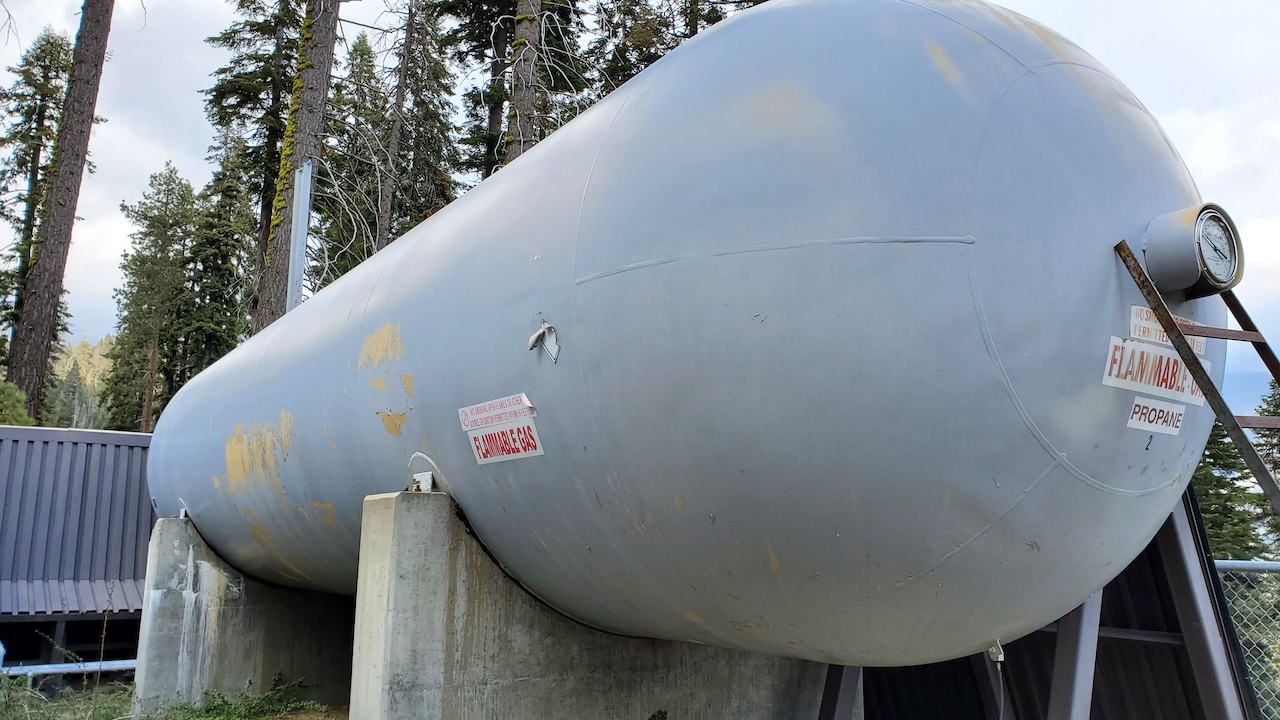

Pressure vessels are like sturdy containers that store liquids or gases under significantly different pressures compared to their surroundings. You can spot them everywhere, from homes to big industries worldwide. They have a wide range of uses, from powering steam boilers and fueling engine cylinders to safely storing chemicals and petroleum products. And that's just the tip of the iceberg because pressure vessels have countless other applications!
But here's the thing: while pressure vessels are incredibly useful, they can also be potentially dangerous. The big difference in pressure between what's inside and outside can lead to hazardous situations. In the past, there have been serious accidents, even fatalities, due to mishandling. That's why there are strict rules in place, set by experts in engineering and supported by government laws.
These rules not only tell us how to build and use pressure vessels but also stress the importance of testing and inspections. Inspecting pressure vessels is crucial for preventing accidents that could lead to unexpected downtime, damage to equipment, and harm to workers. So, if you're using pressure vessels, make sure you're following the guidelines to keep everyone safe and operations running smoothly.

Storage tanks represent the prevalent category of pressure vessels, exhibiting a diverse array of forms and dimensions. Their primary function is to securely house pressurized liquids and gases, encompassing substances like fuel oil, liquefied hydrogen, compressed natural gas, or other valuable industrial materials. While these tanks are commonly constructed from carbon steel, they may feature interior coatings of alternative materials.

Following storage tanks, heat exchangers constitute the second most prevalent category of pressure vessels. These ingenious devices facilitate the efficient transfer of thermal energy between different media, frequently involving liquids. Consequently, heat exchangers prove invaluable in both cooling and heating applications. Their ubiquity extends from residential heating systems to critical roles within industrial processing and manufacturing facilities.
-1035x400.png)
Process vessels are designed to facilitate specific operations within a controlled environment. These operations typically represent individual steps within a larger industrial process, involving tasks such as material mixing, separation, agitation, product breakdown, or element extraction. Process vessels are meticulously crafted with the particular process in mind, and they encompass sub-categories such as drums, reactors, columns, and gravity separators, each tailored to meet the specific requirements of various industrial applications.
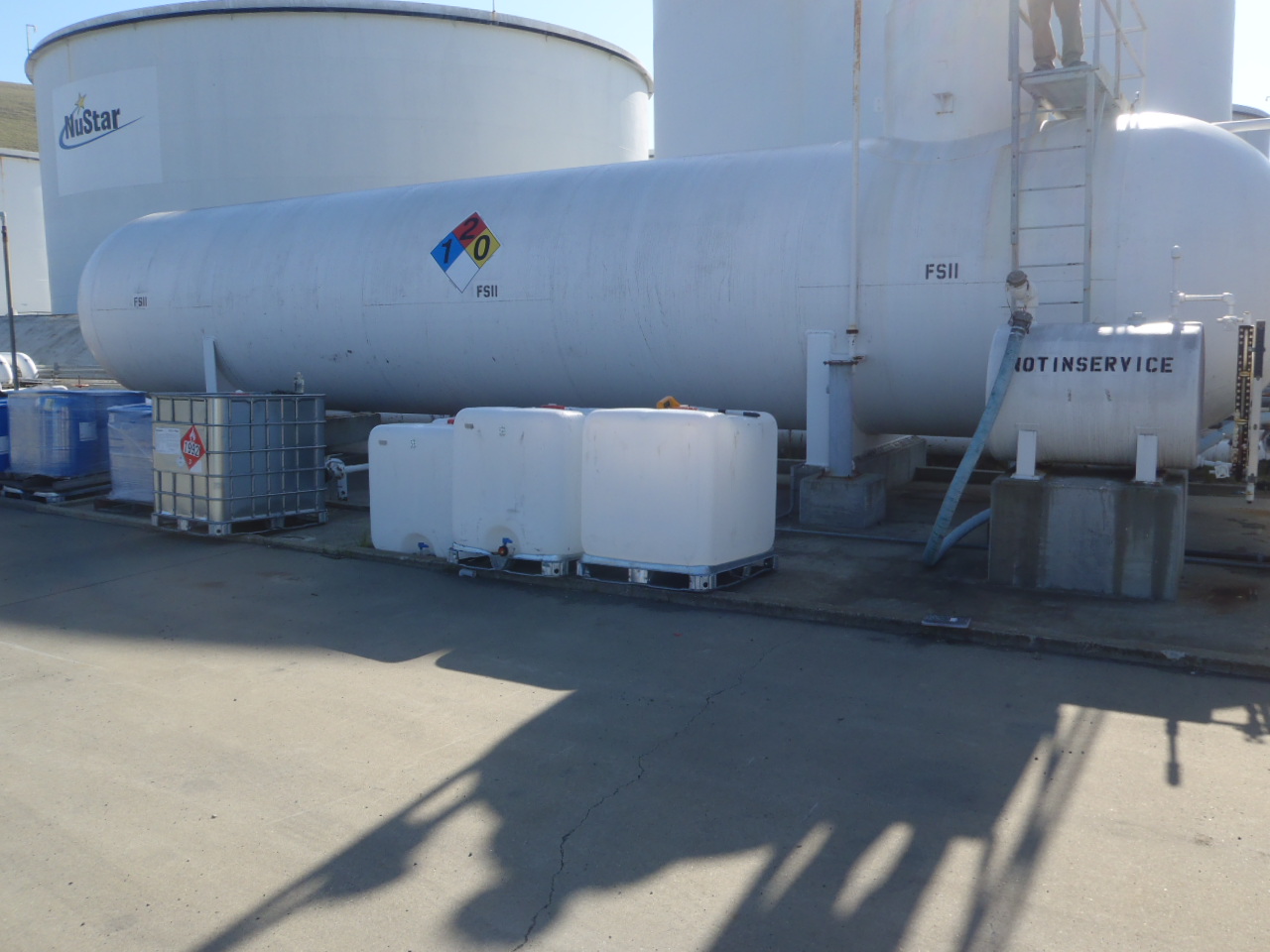
Pressure vessel inspection, also known as pressure vessel testing, encompasses non-destructive examinations that verify the soundness of either a newly manufactured pressure vessel or one that has undergone modifications or repairs after installation.
In the early history of pressure vessels, there were instances of catastrophic failures due to over-pressurization, leading to dangerous explosions. This issue prompted the establishment of the American Society of Mechanical Engineers (ASME), which devised comprehensive specifications governing the manufacturing and maintenance practices for pressure vessels. Today, the ASME continues to play a pivotal role in setting standards for pressure vessels in the United States, while other countries have their own equivalent standards.
Two primary standards demand attention from pressure vessel manufacturers and users:
- ASME Section VIII: Encompasses regulations regarding both fired and unfired pressure vessels. It covers aspects like design, fabrication, inspection, testing, and certification requirements.
- API 510: An inspection code outlined by the American Petroleum Institute (API). This code delineates the procedures for inspections, repairs, alterations, and other activities related to pressure vessels and pressure-relieving devices.
Certain industries and government agencies may impose additional, stringent standards governing pressure vessel requirements. Manufacturers must diligently consider all relevant standards during the design and construction of pressure vessels. However, compliance alone is insufficient. It is imperative to have a means of verifying the safety of every pressure vessel entering the market. This verification process is where pressure vessel inspection plays a critical role. Skilled professionals utilize various tests to ensure that a pressure vessel complies with the necessary testing criteria and is fit for service. For instance, inspectors must verify the vessel's shell thickness to ensure it can withstand the intended pressure. Furthermore, when a pressure vessel undergoes modifications or repairs following its initial manufacturing and testing, it necessitates reinspection to ascertain continued compliance with all relevant requirements.
An API 510 inspection is of paramount importance for ensuring the safety and integrity of ammonia tanks, given the hazardous nature of ammonia and the potential risks associated with its containment. Ammonia is a colorless, pungent gas that is commonly used in various industrial processes, including refrigeration, chemical manufacturing, and agriculture. It is highly toxic when inhaled and can cause severe health problems, making safety a top priority.
Ammonia tanks are designed to store and transport this chemical under pressure, and any compromise in their structural integrity could lead to disastrous consequences. The inspection process helps identify and address issues like corrosion, cracks, or leaks that could compromise safety, prevent catastrophic failures, and ensure compliance with regulations specific to ammonia handling. By conducting regular API 510 inspections, facilities can mitigate the unique risks associated with ammonia, extend the operational life of the tank, and maintain operational efficiency. Furthermore, the documentation generated during these inspections serves as a valuable record for future reference and decision-making, enhancing the overall safety and reliability of ammonia tank operations in industrial and commercial settings where the stakes are particularly high due to ammonia's inherent dangers.
